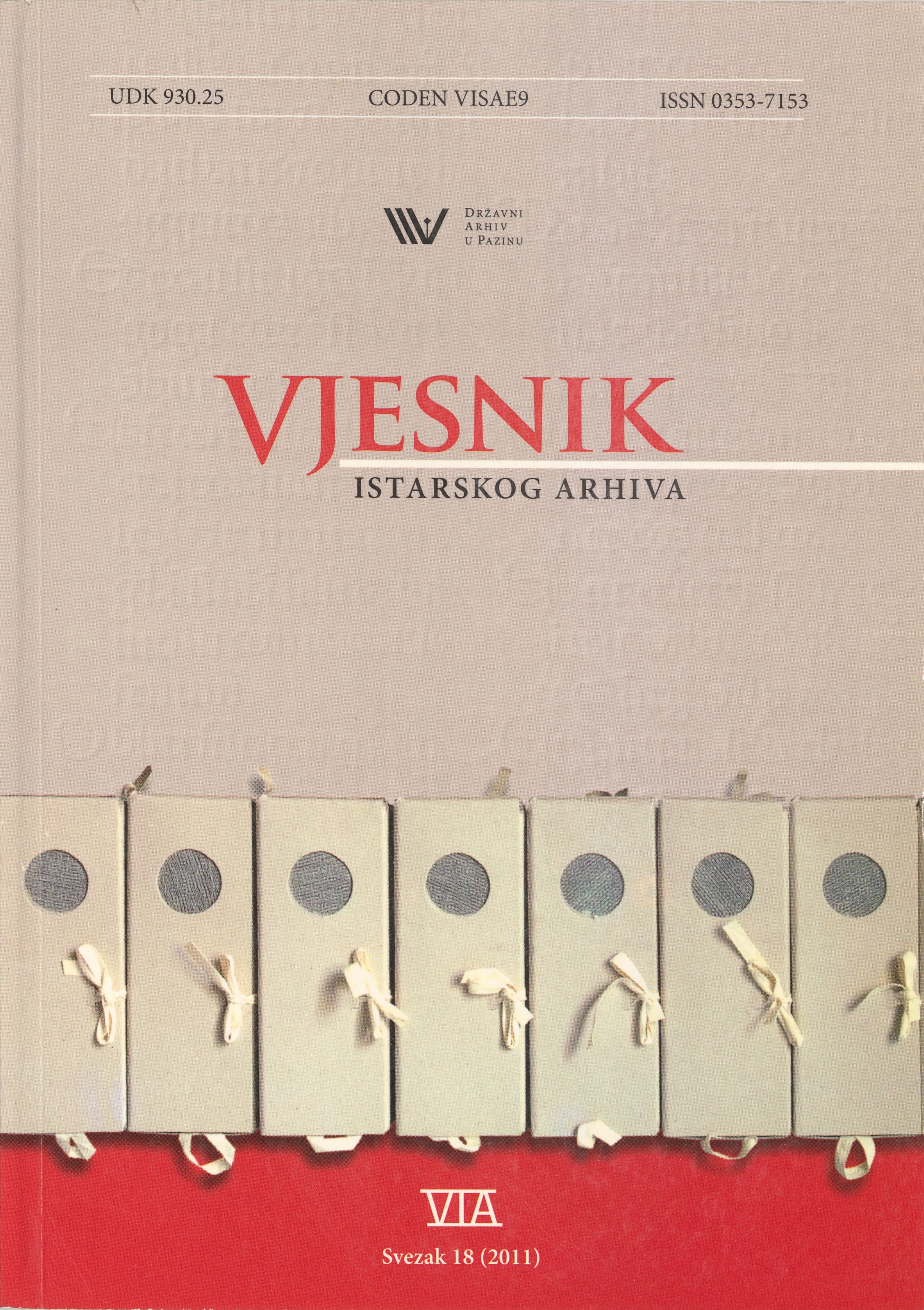Istrians on the Cathedra of the Bishops of Rijeka
Keywords:
the bishops of Rijeka, Isidor Sain, Antonio Santin, Josip Pavlišić, 20th centuryAbstract
Istrians have had an important role in the chronotaxis of the young Diocese of Rijeka. Of the seven bishops (archbishops) to date, three came from Istria. Isidoro Sain (Izidor Šajn), a Benedictine from Zidine near Novigrad, ran the apostolic administration of Rijeka and became the first Bishop of Rijeka after its establishment in 1926. Parallel to the establishment of diocesan structures, creation of new parishes and construction of new churches, there was the process of italianisation of the presbyters of the new Diocese and imposition of the Italian language in the parishes of Istria and Liburnia. He was succeeded in 1933 when the Holy See sent Antonio Santino, born in Rovinj, who was priest of the Diocese of Poreč and Pula. During his episcopate, parallel with the strengthening of diocesan structures, the relations between the Italian hierarchy and the Slavic (Slovenian and Croatian) clergy degraded even more. In the post-war period, Josip Pavlišić, a priest of the Diocese of Trieste and Koper, born at Srbljani (Parish of Stari Pazin), was appointed Assistant Bishop of Senj and Modruš in 1951. After the creation of the Archdiocese of Rijeka and Senj, he became the Coadjutor Archbishop and then Ordinary in 1974. In those harsh times he proved successful in managing and renewing a diocese large in surface area,but poor in clergy until 1990.
Downloads
Published
Issue
Section
License

This work is licensed under a Creative Commons Attribution-NonCommercial 4.0 International License.

